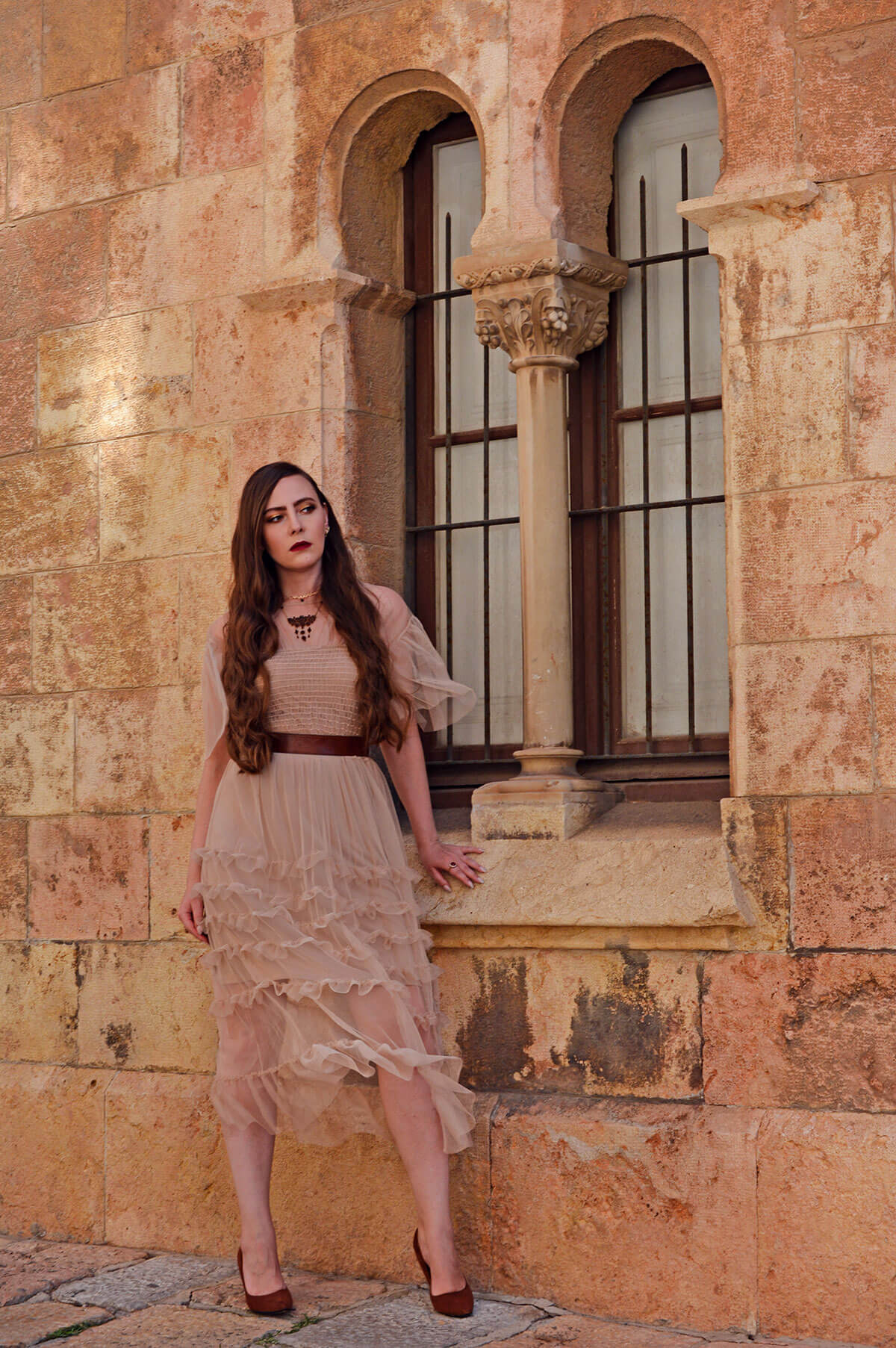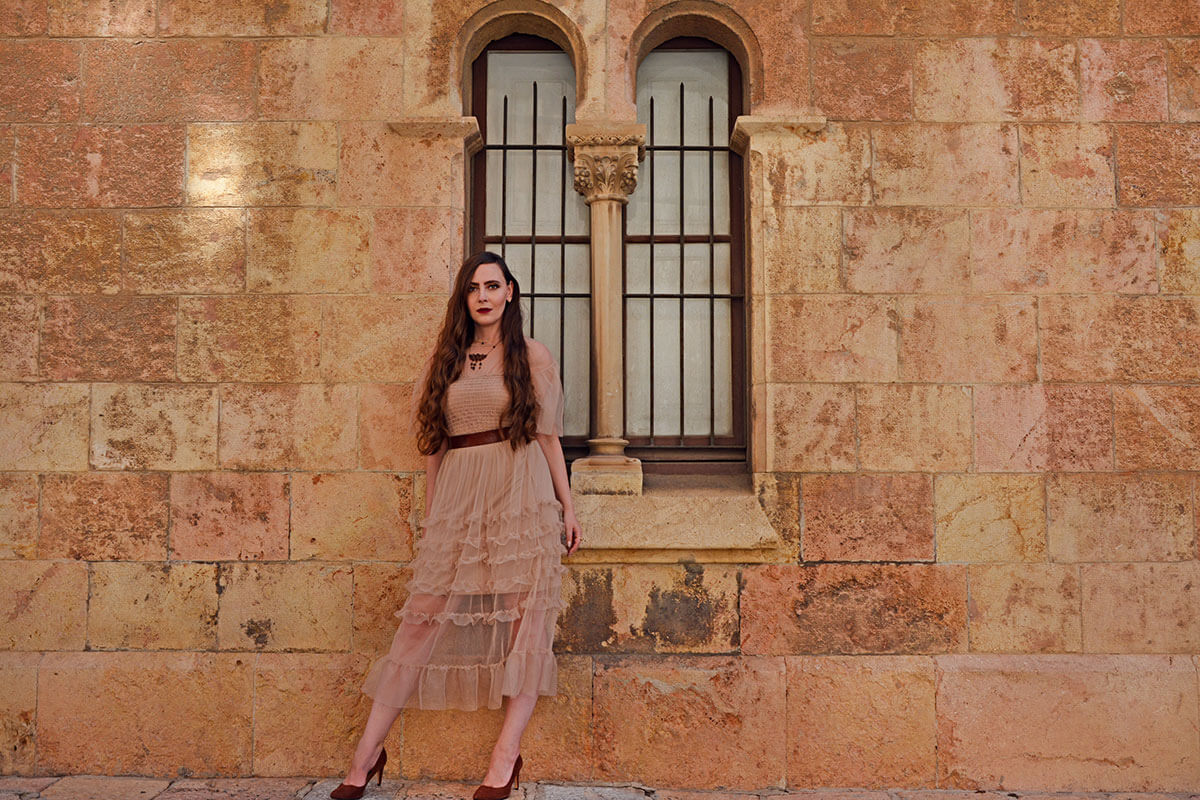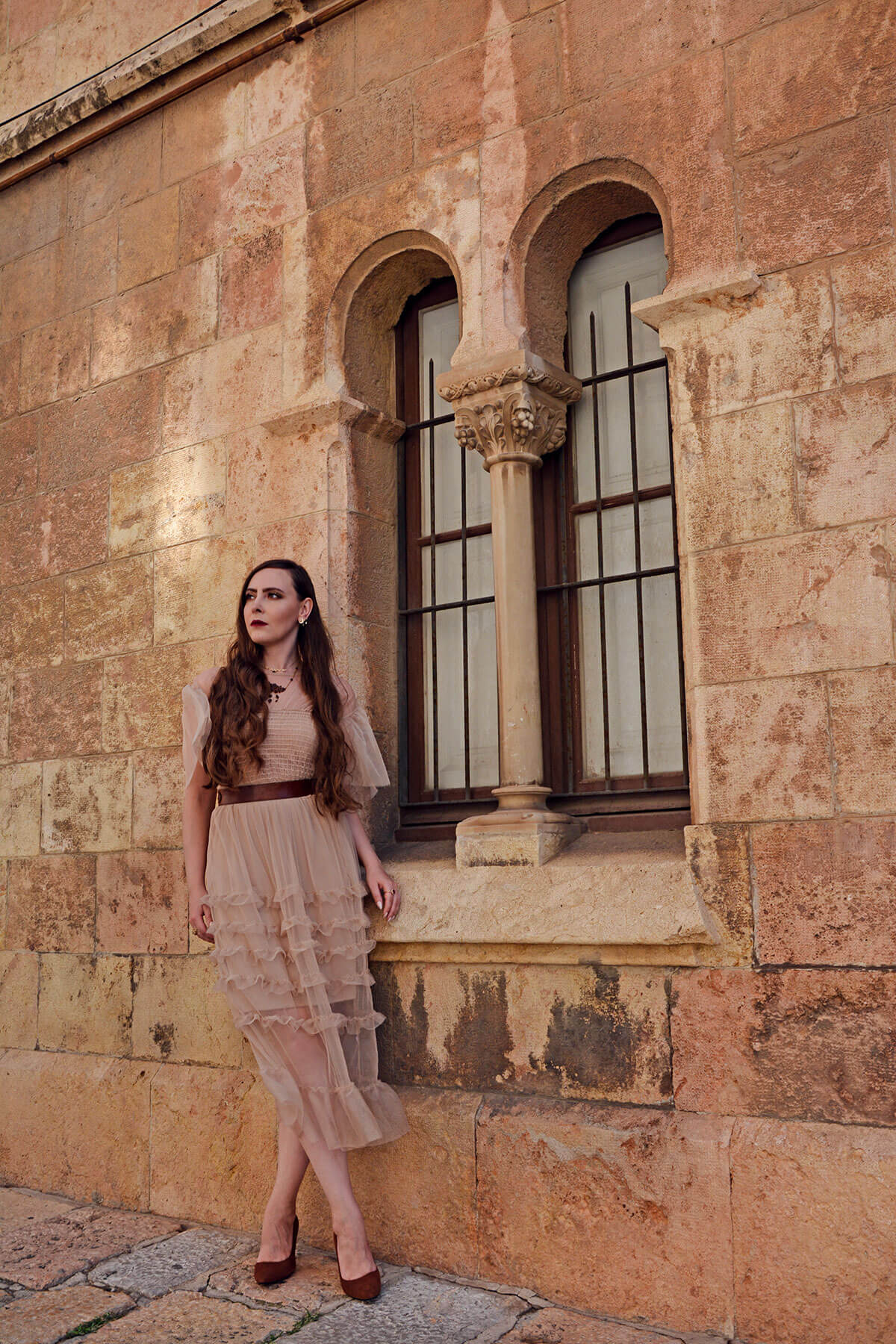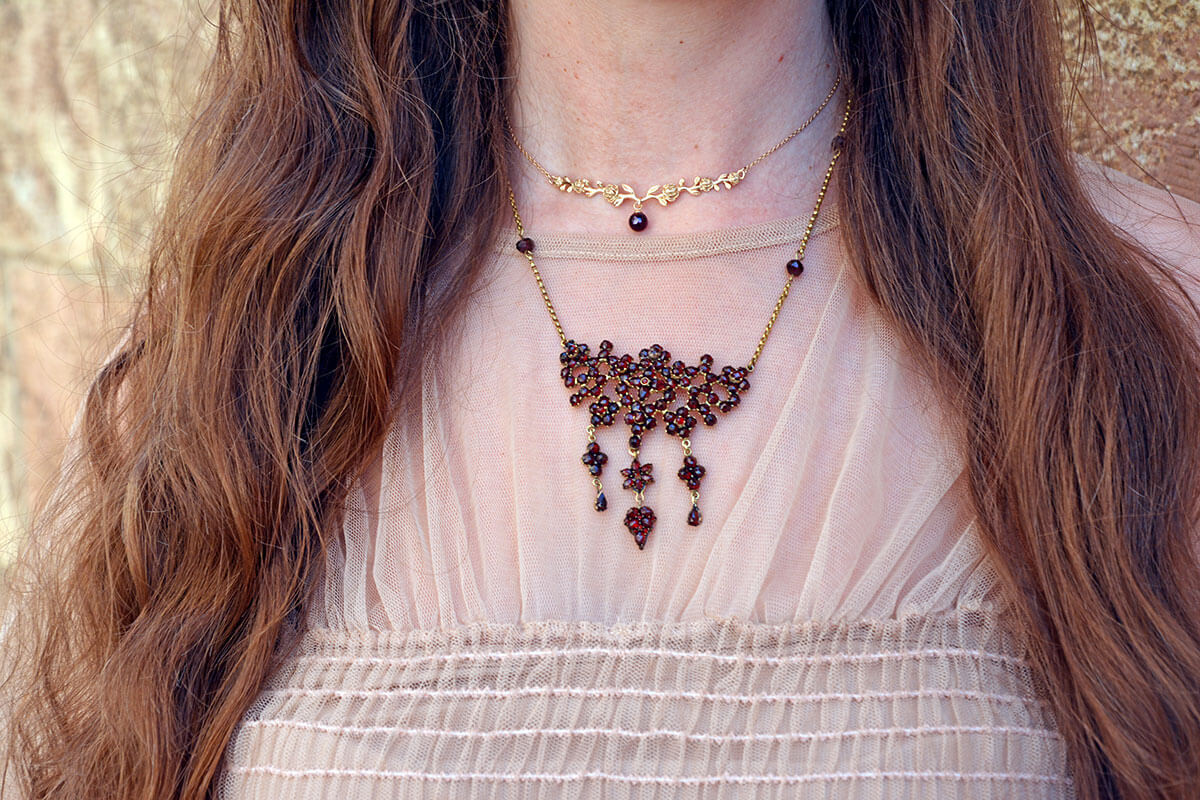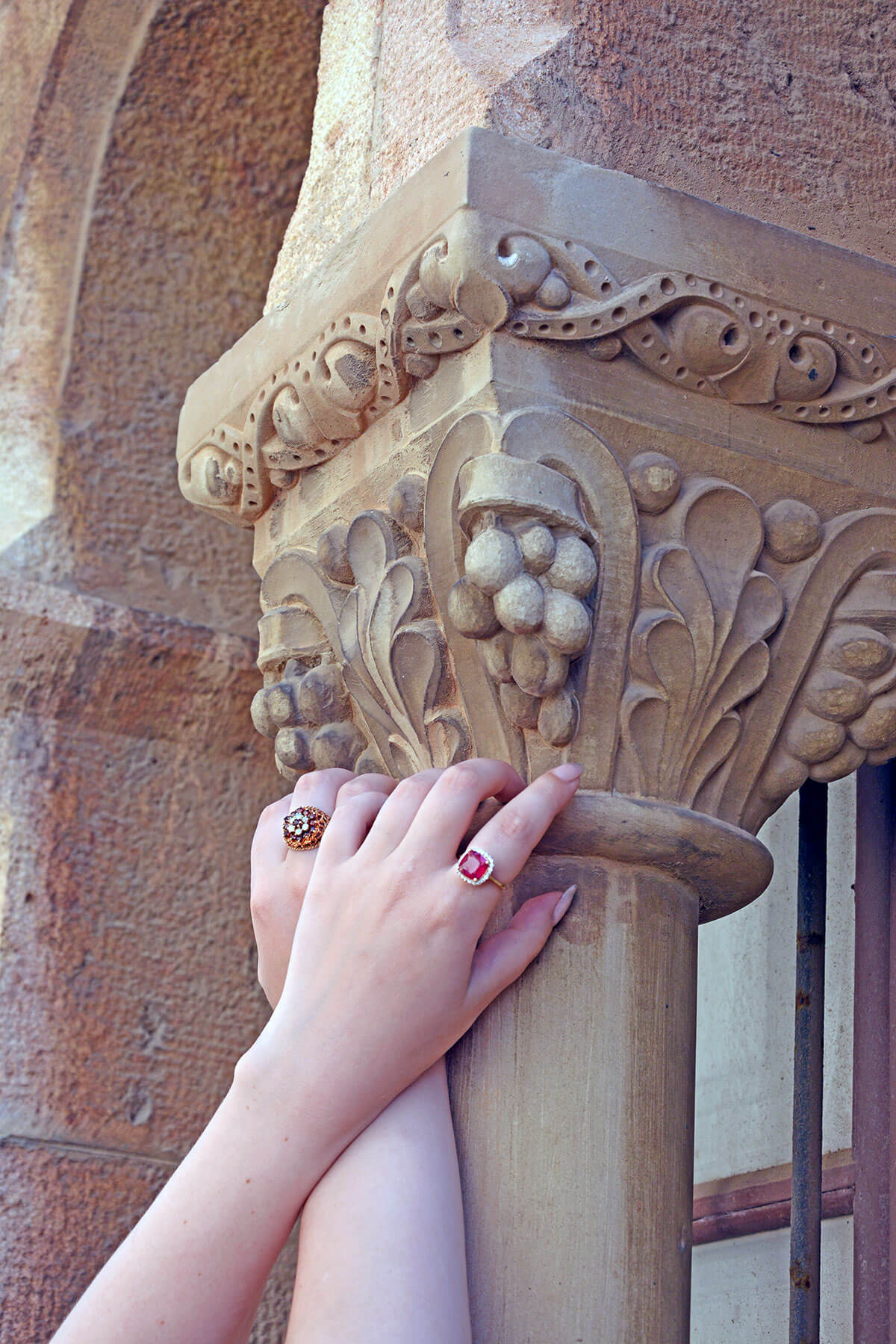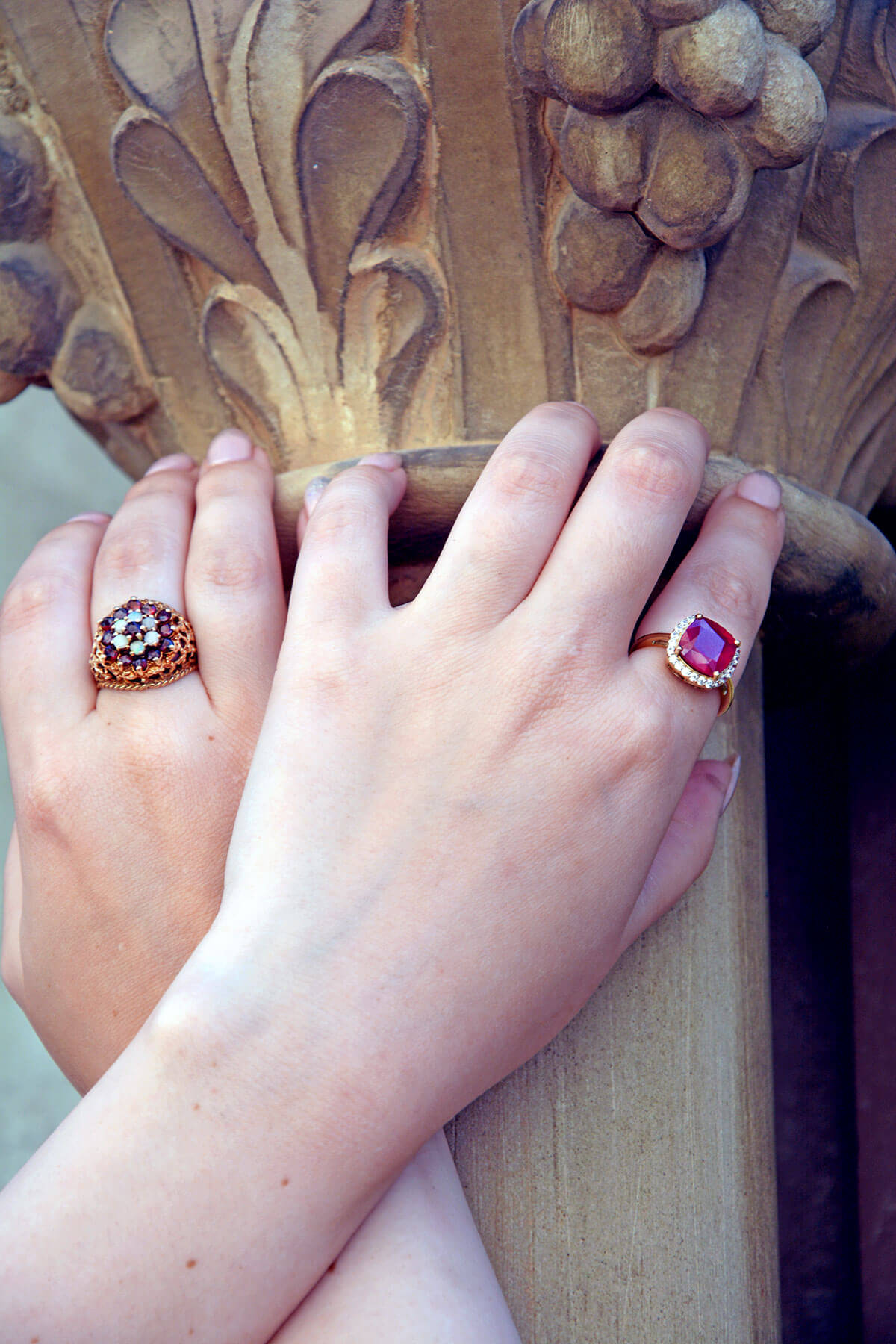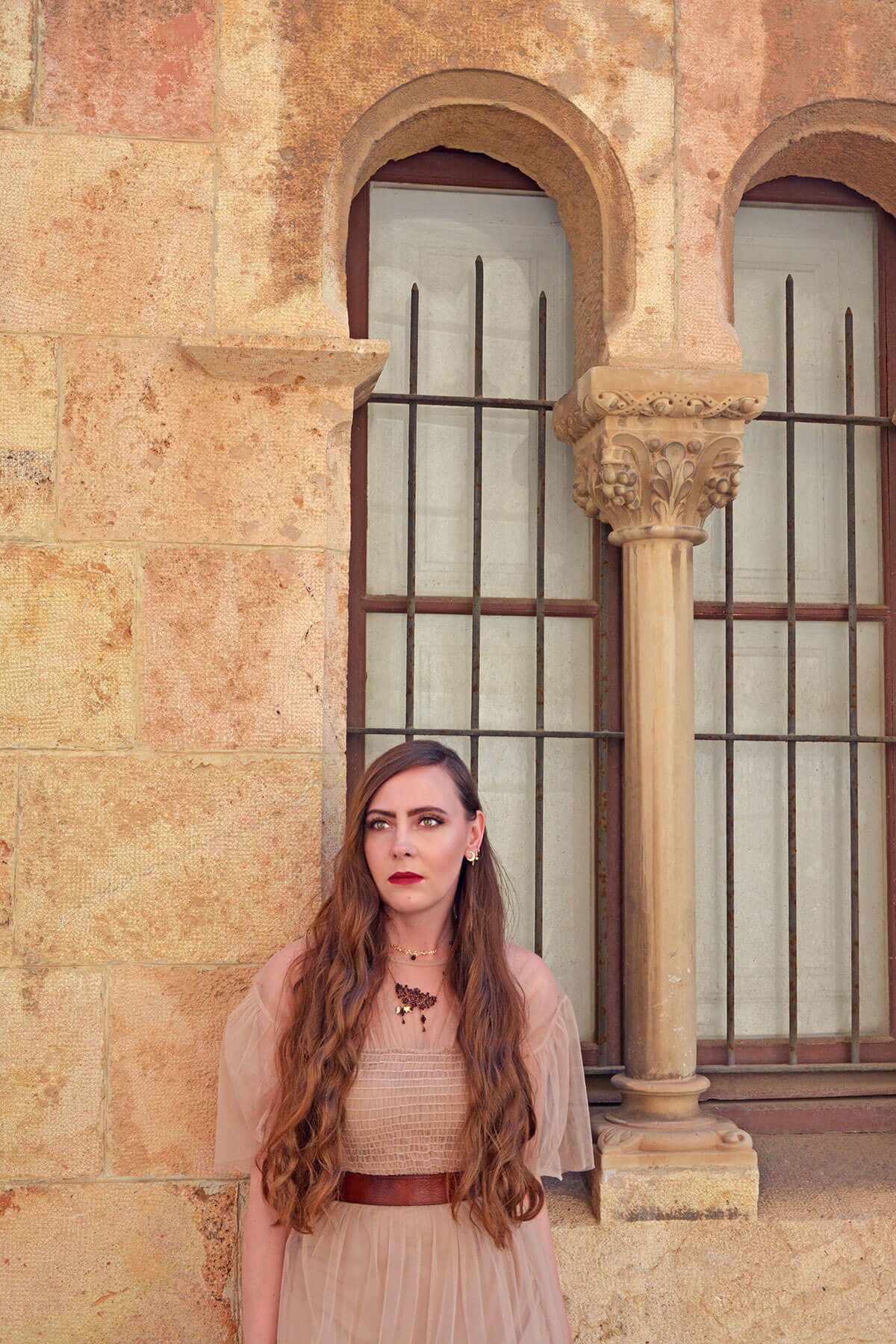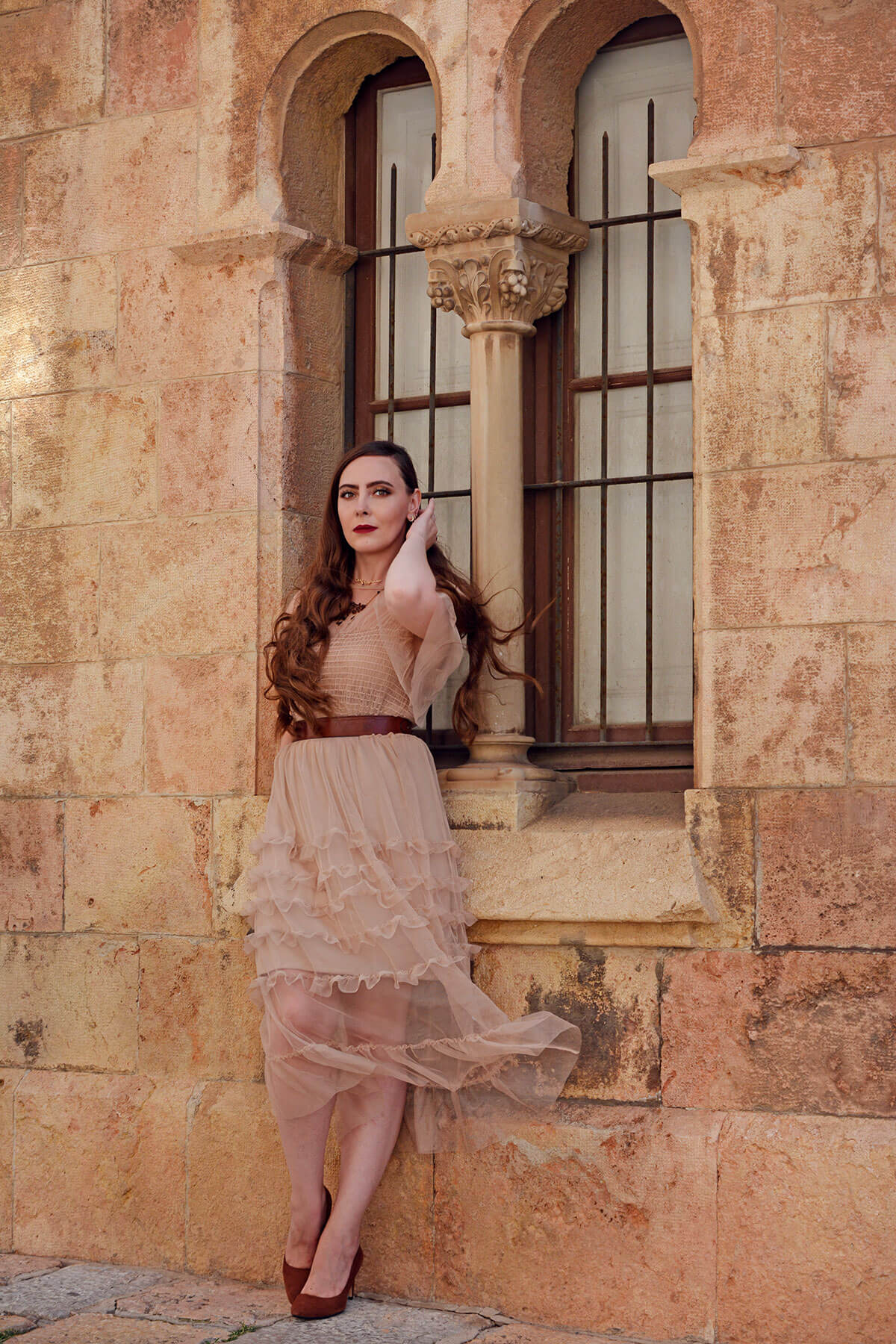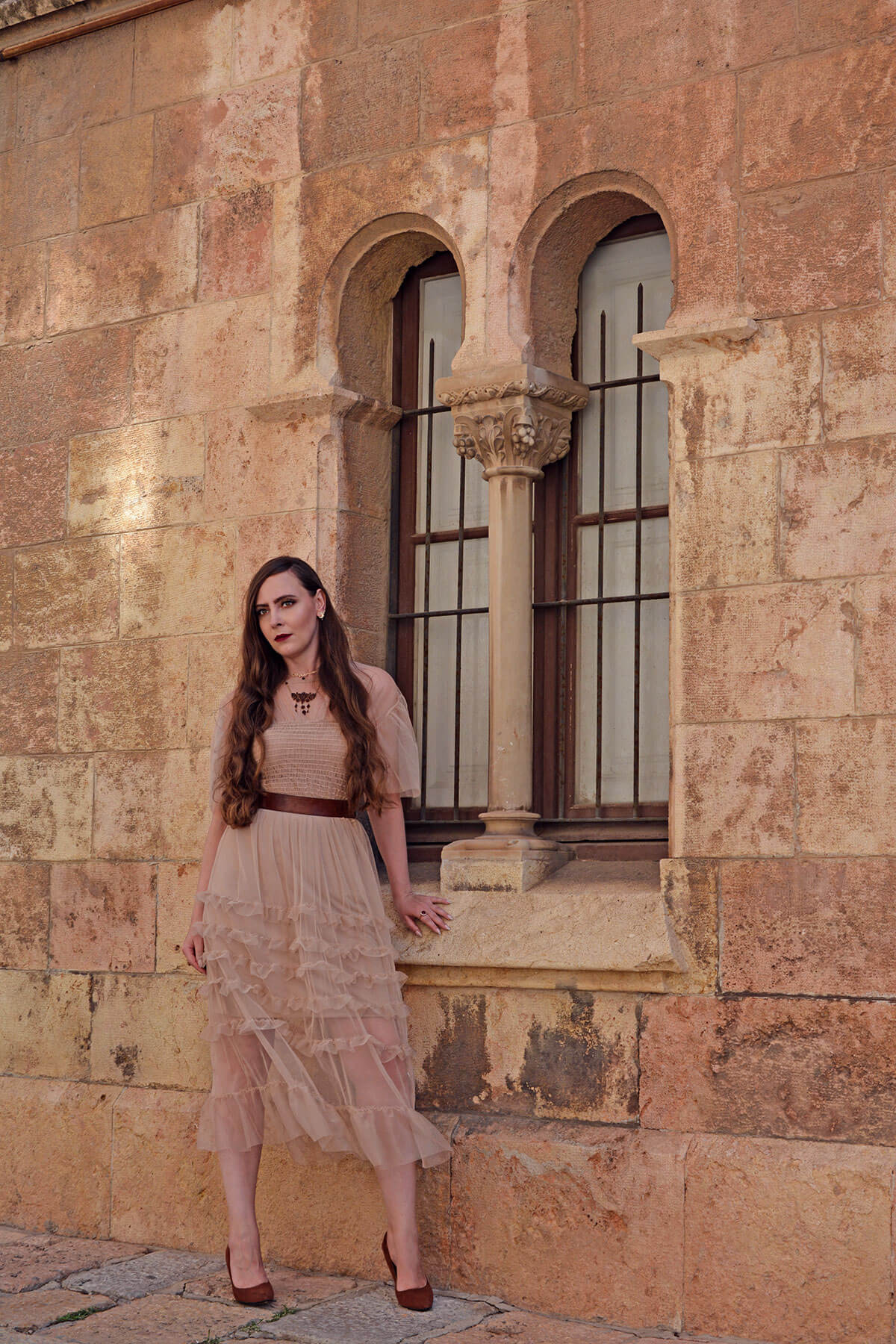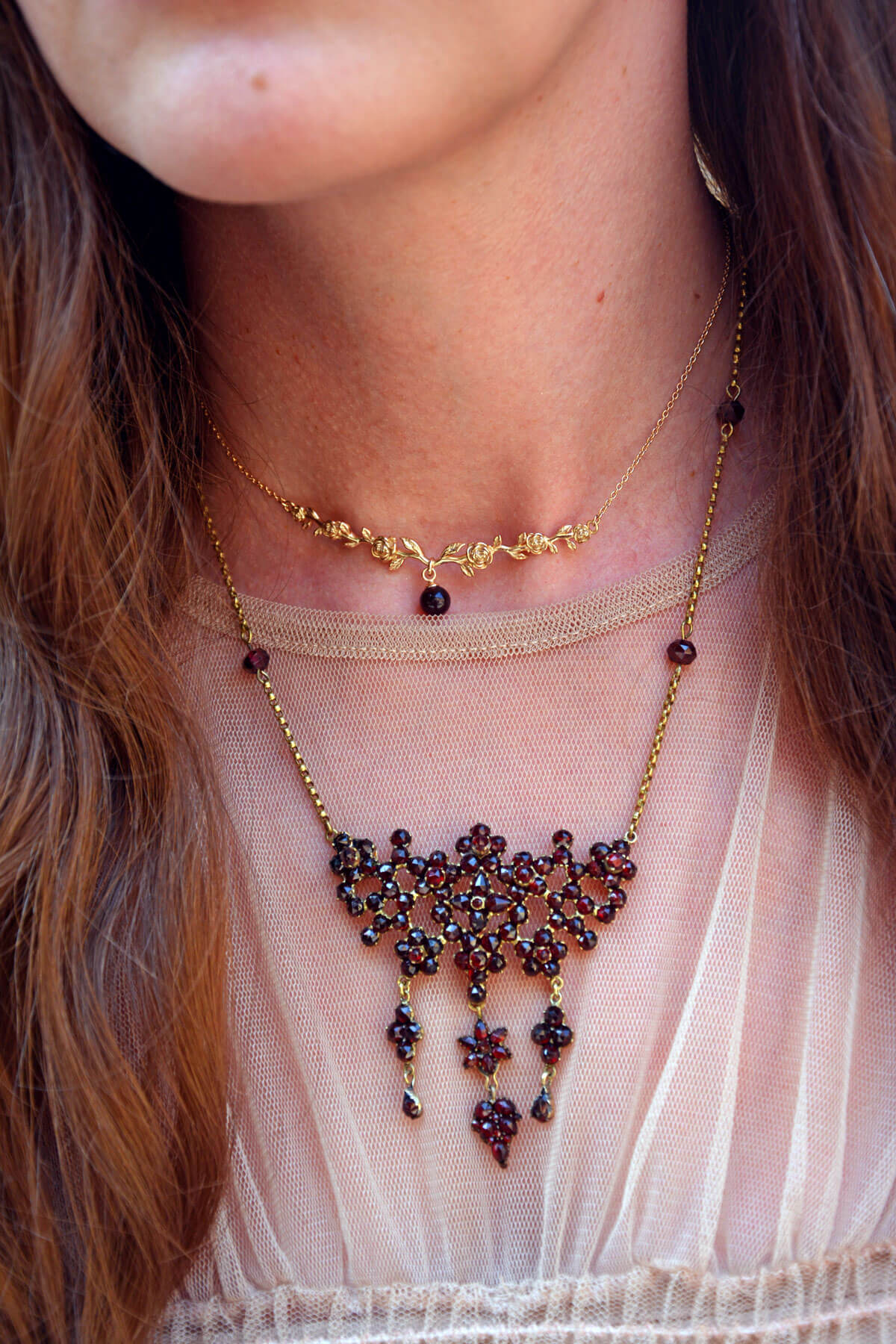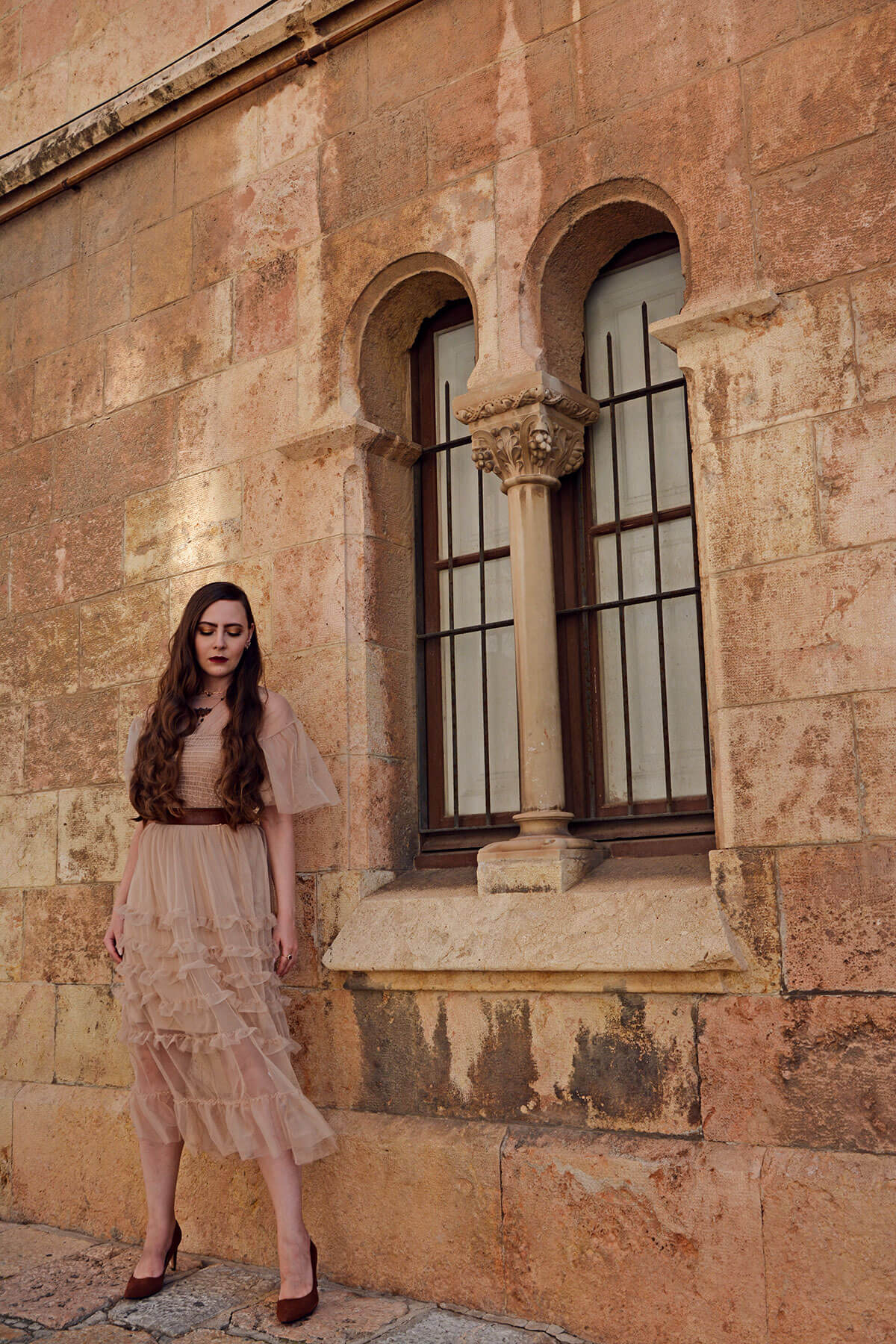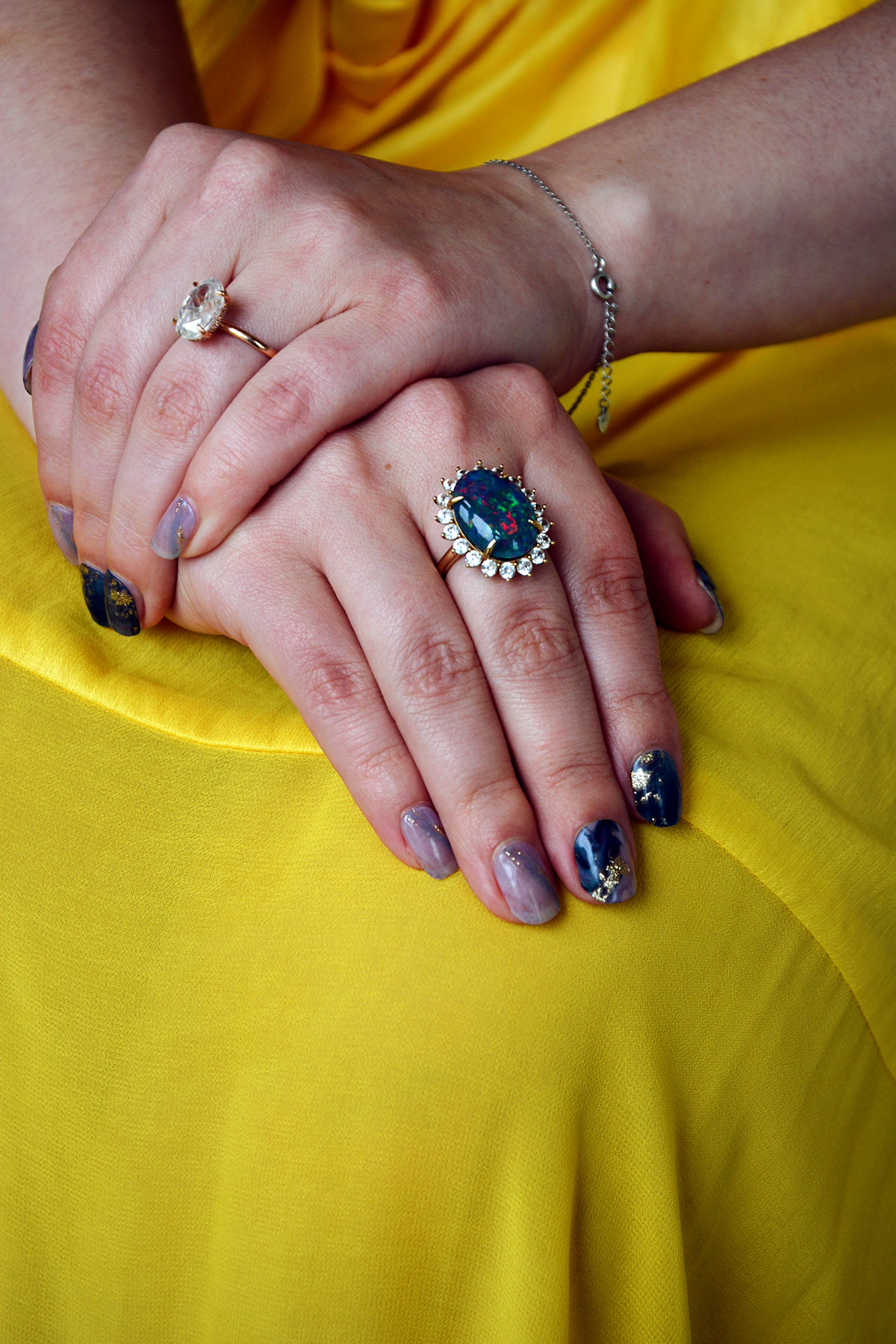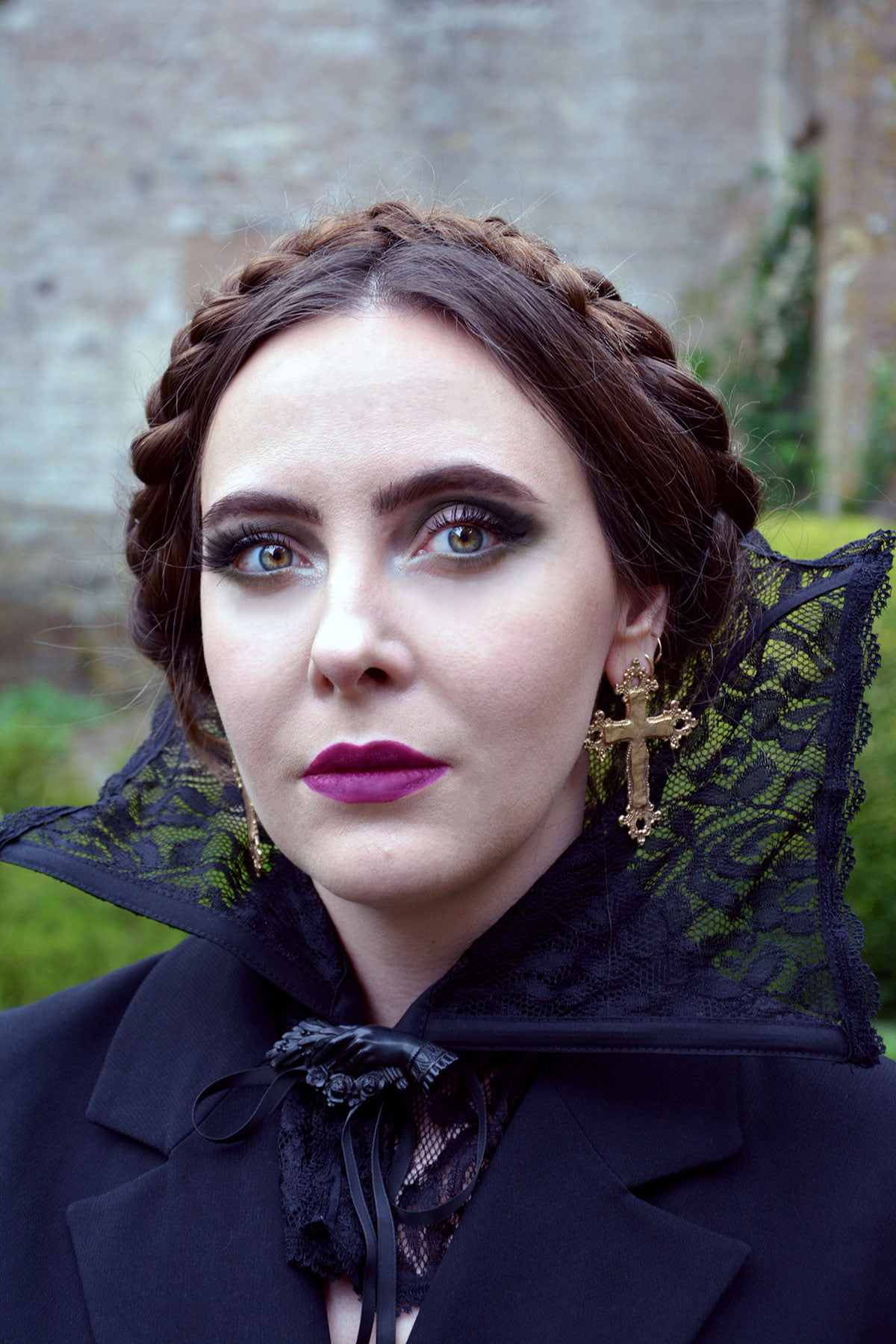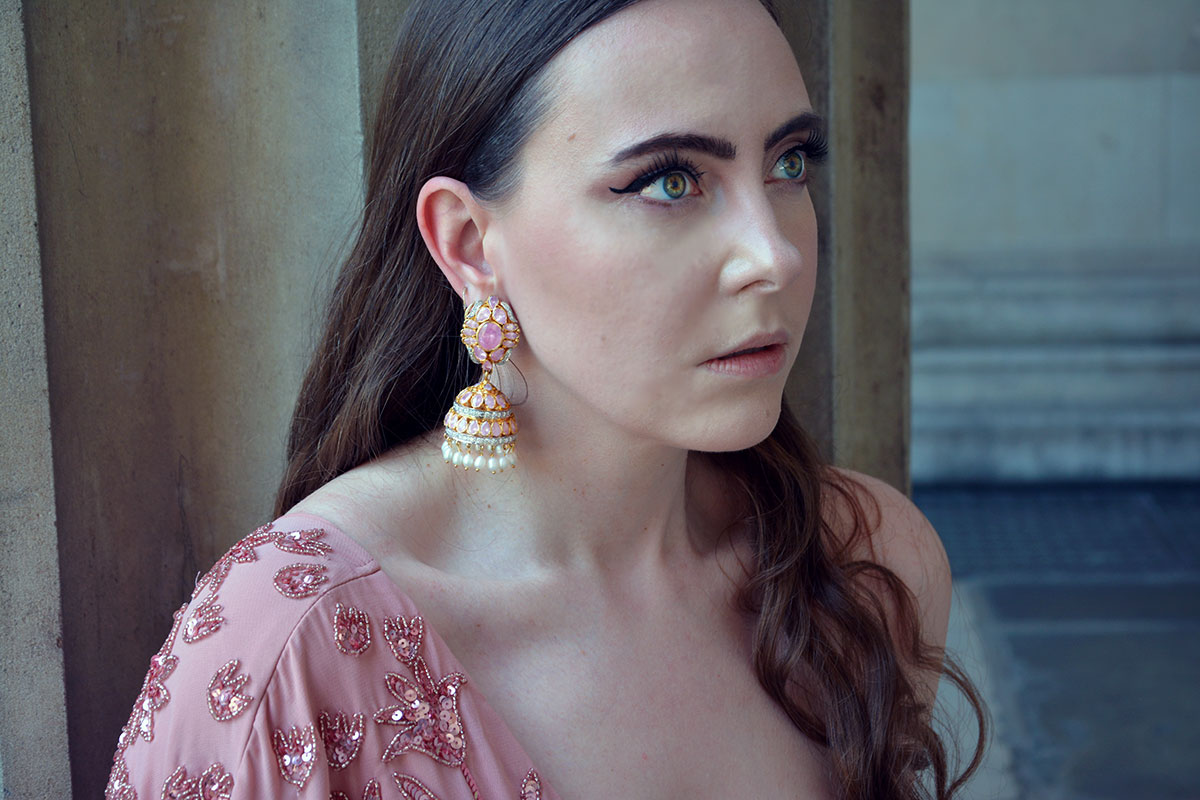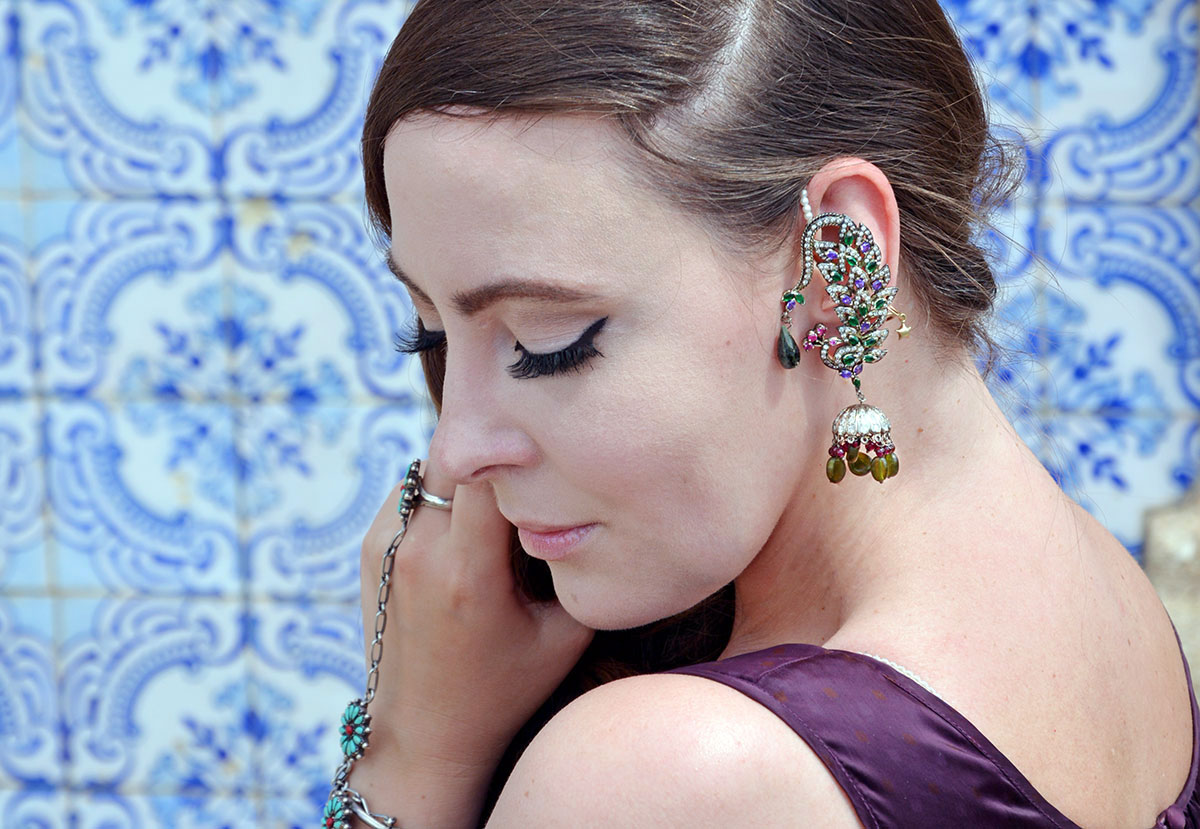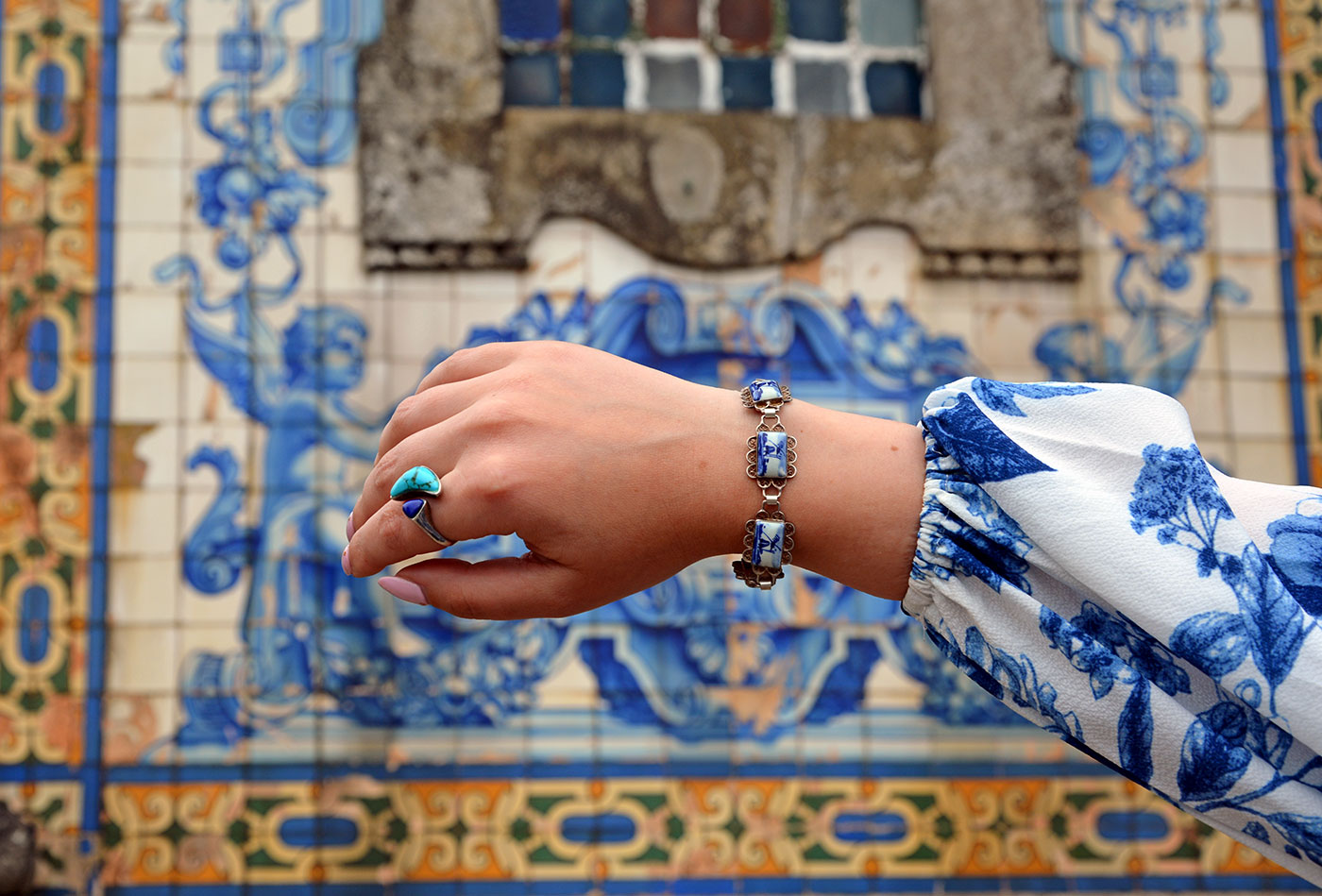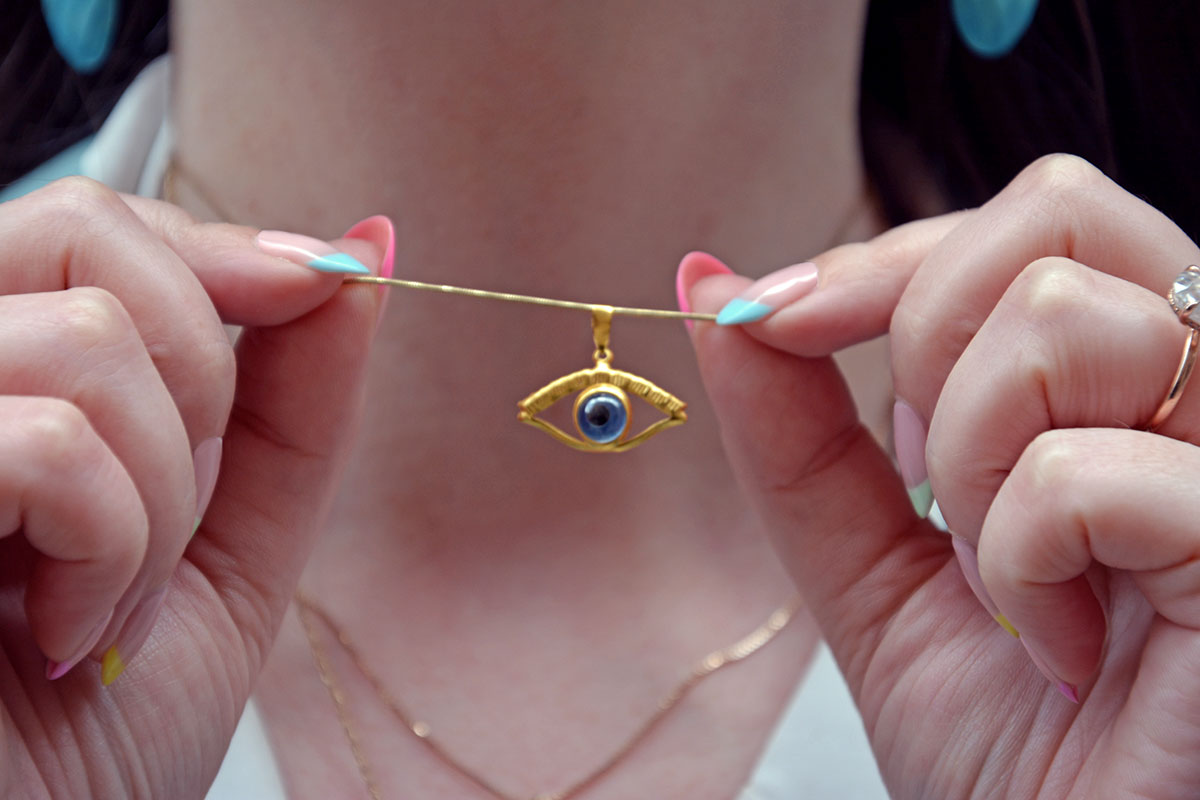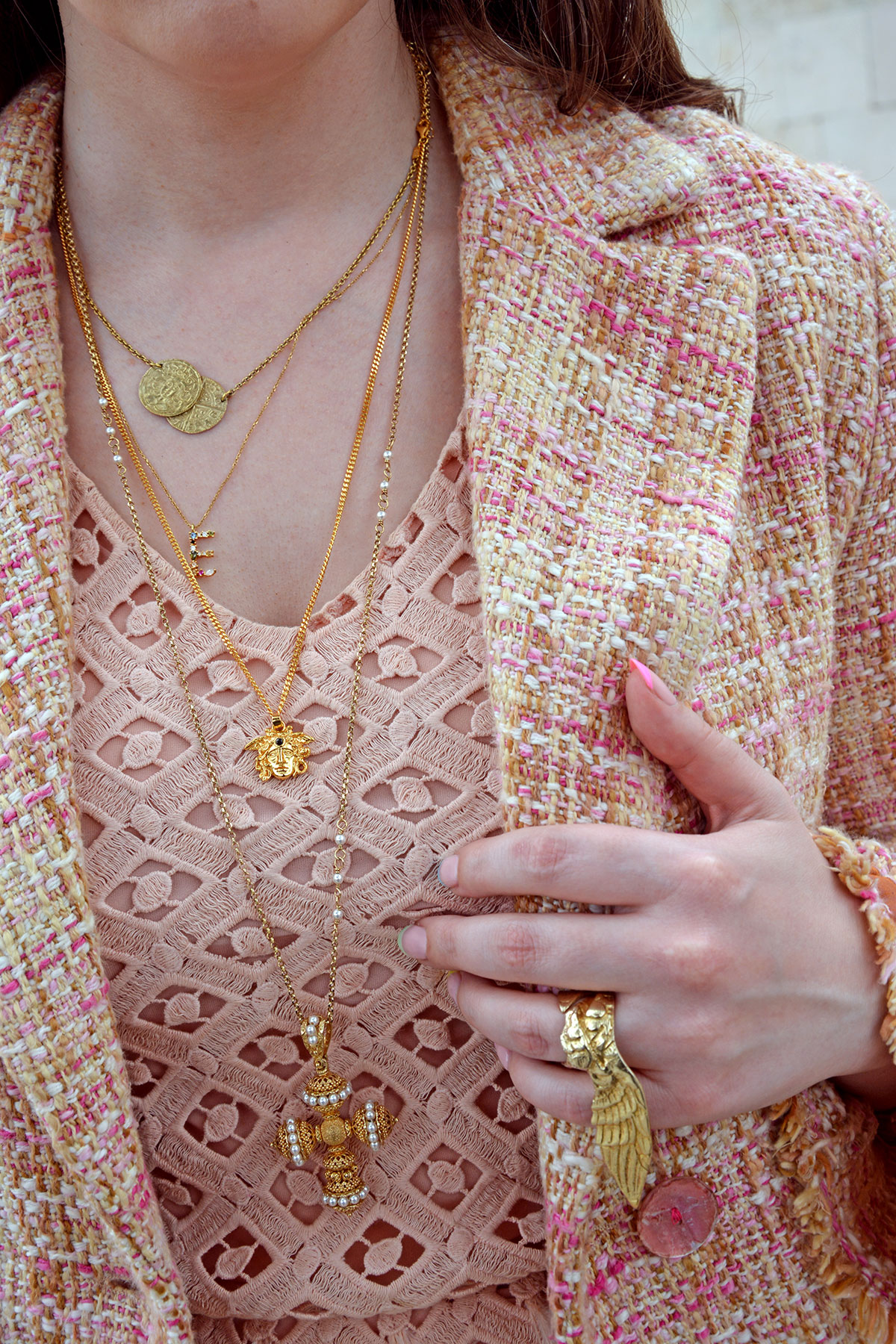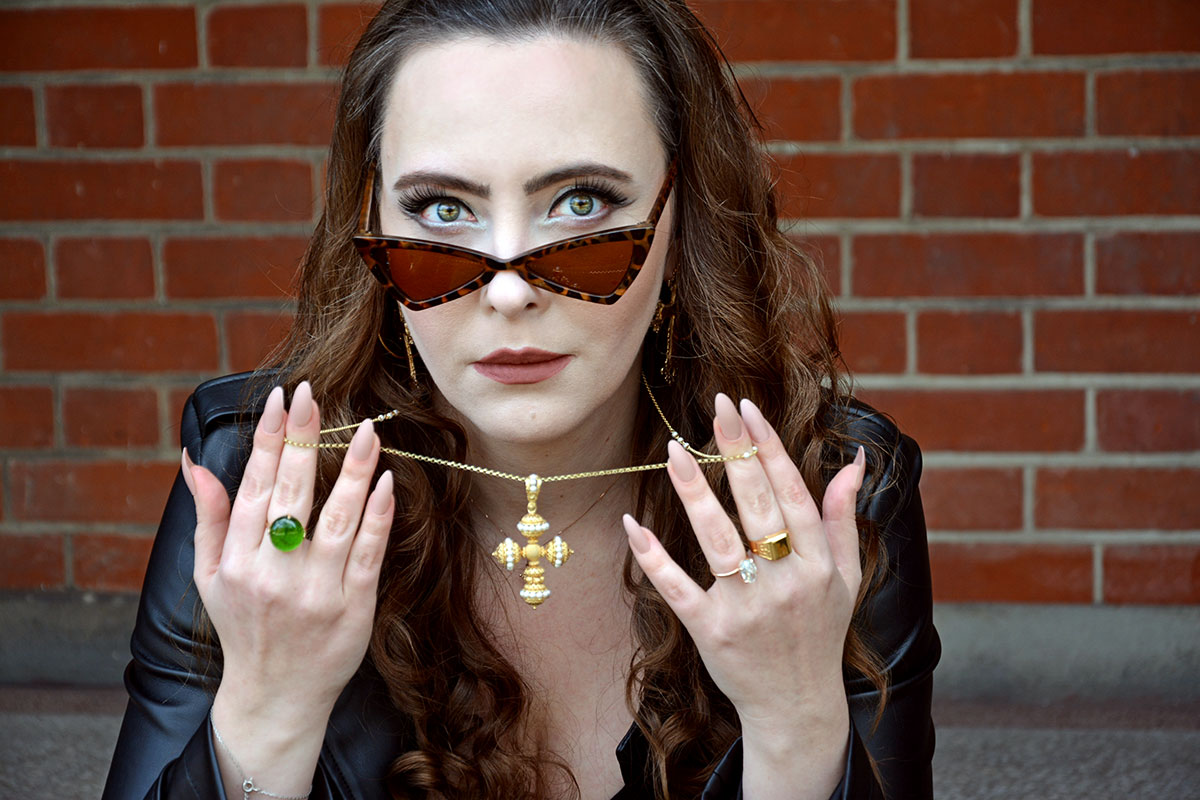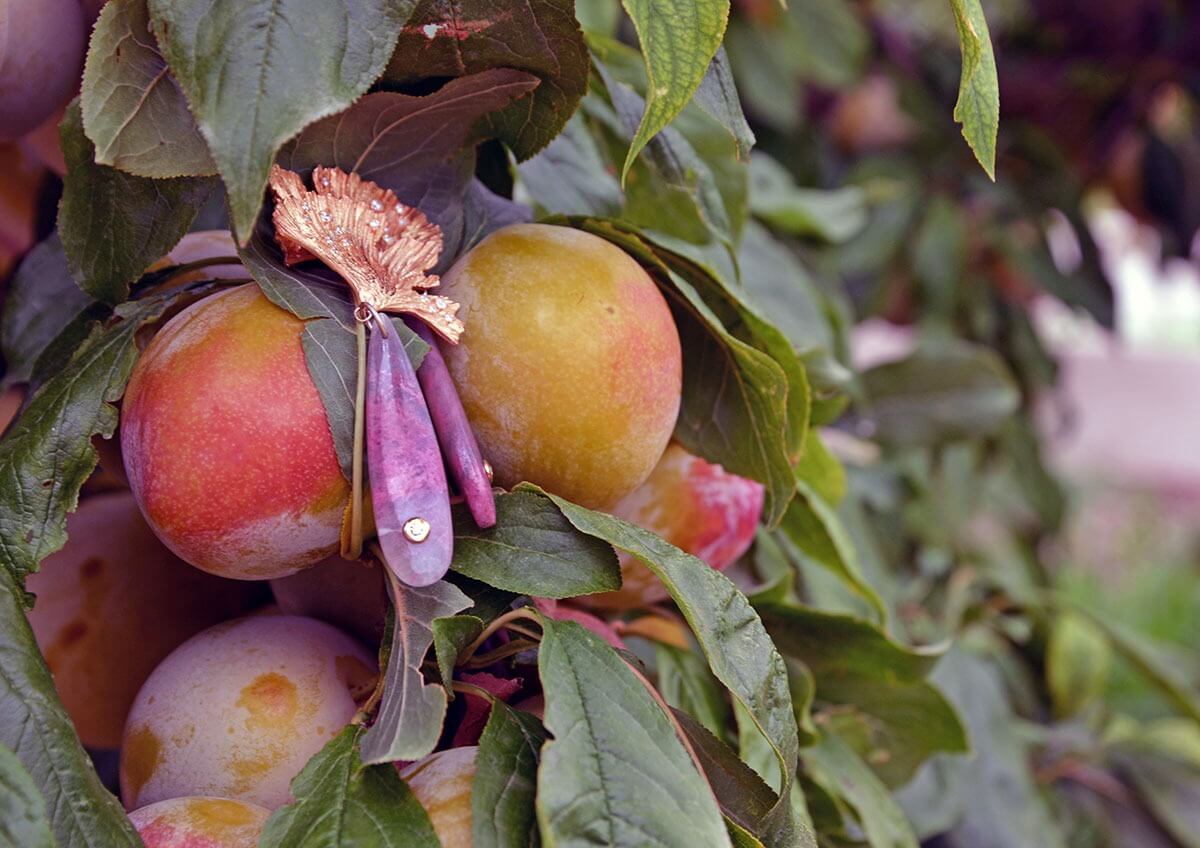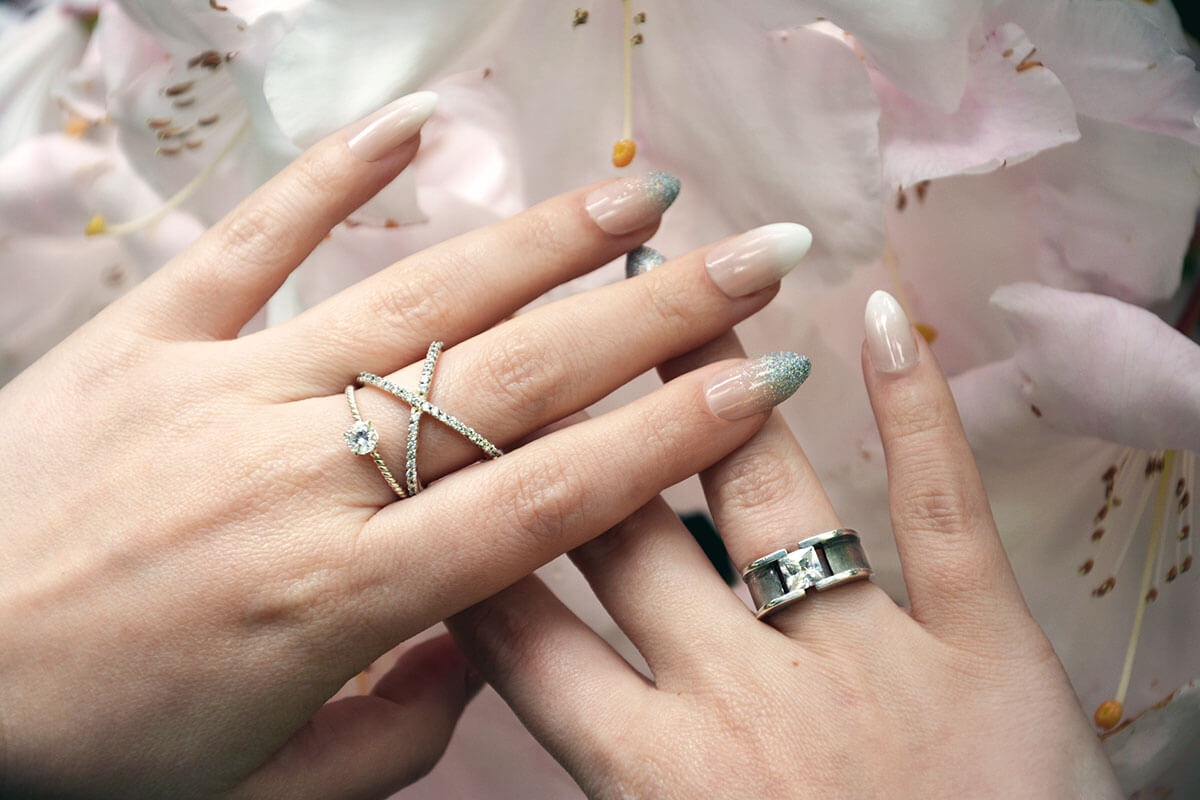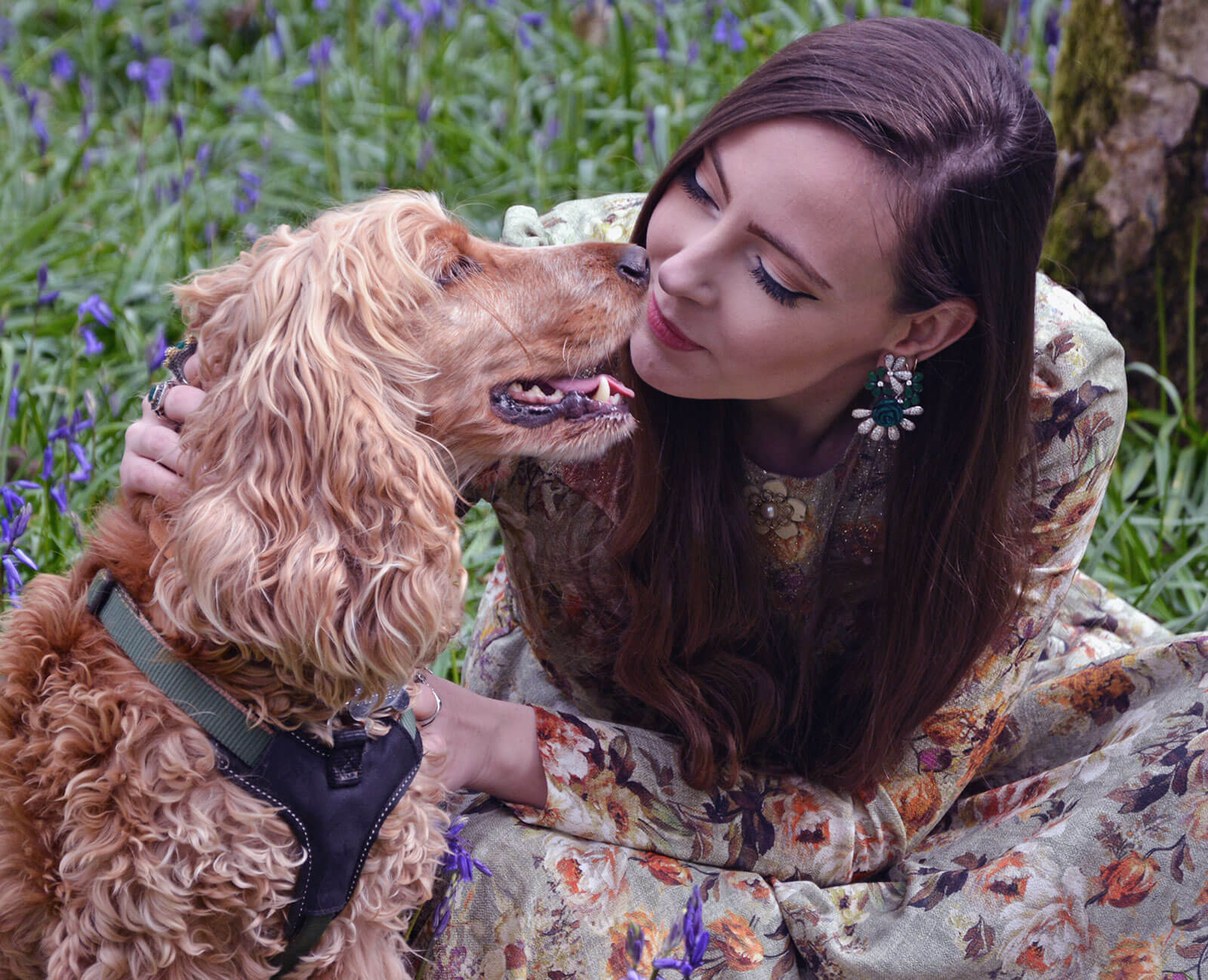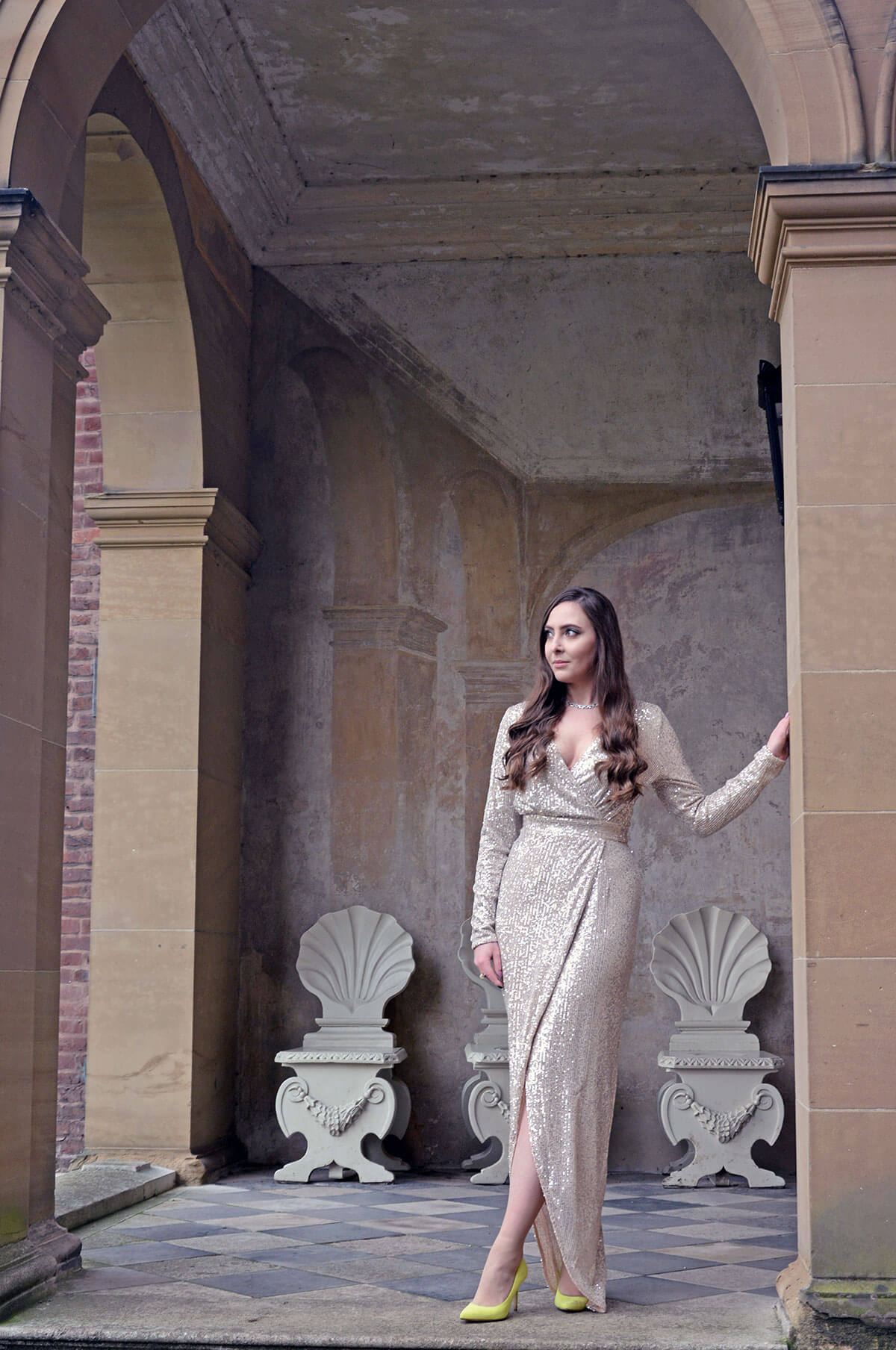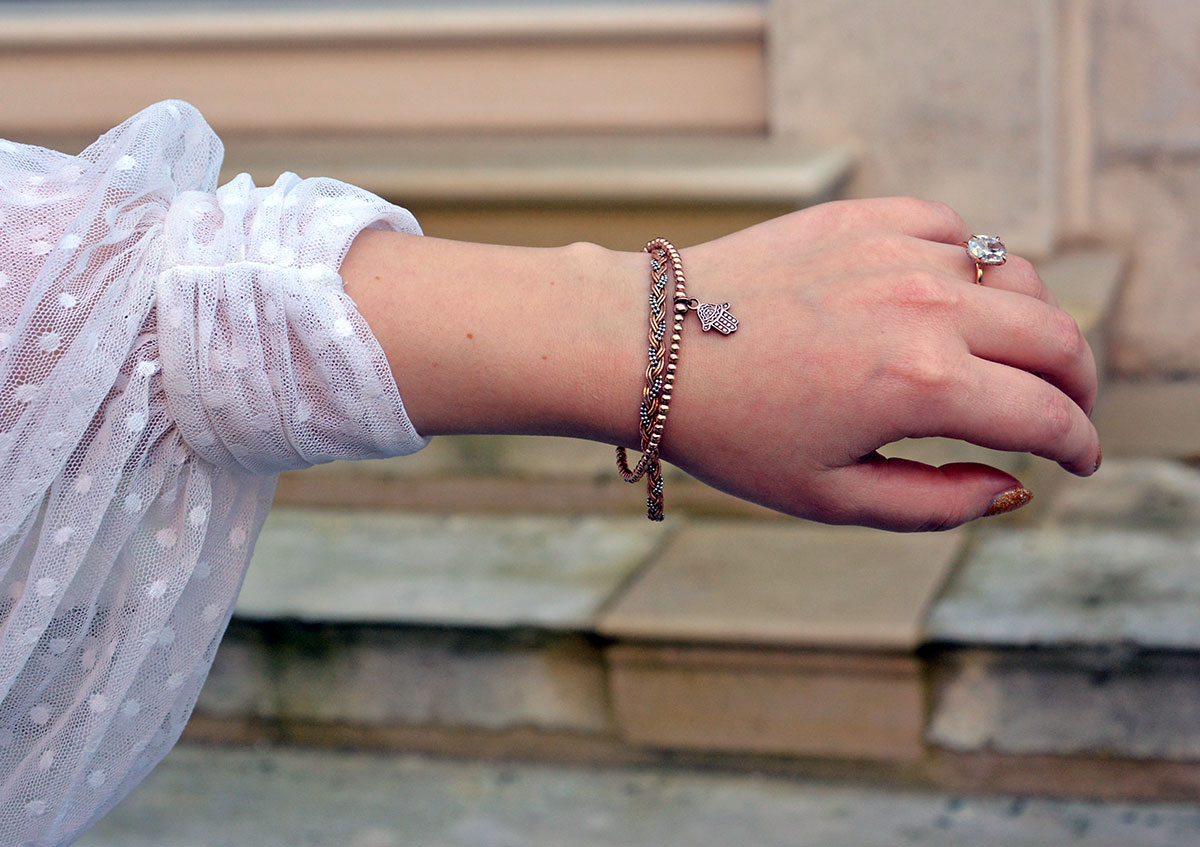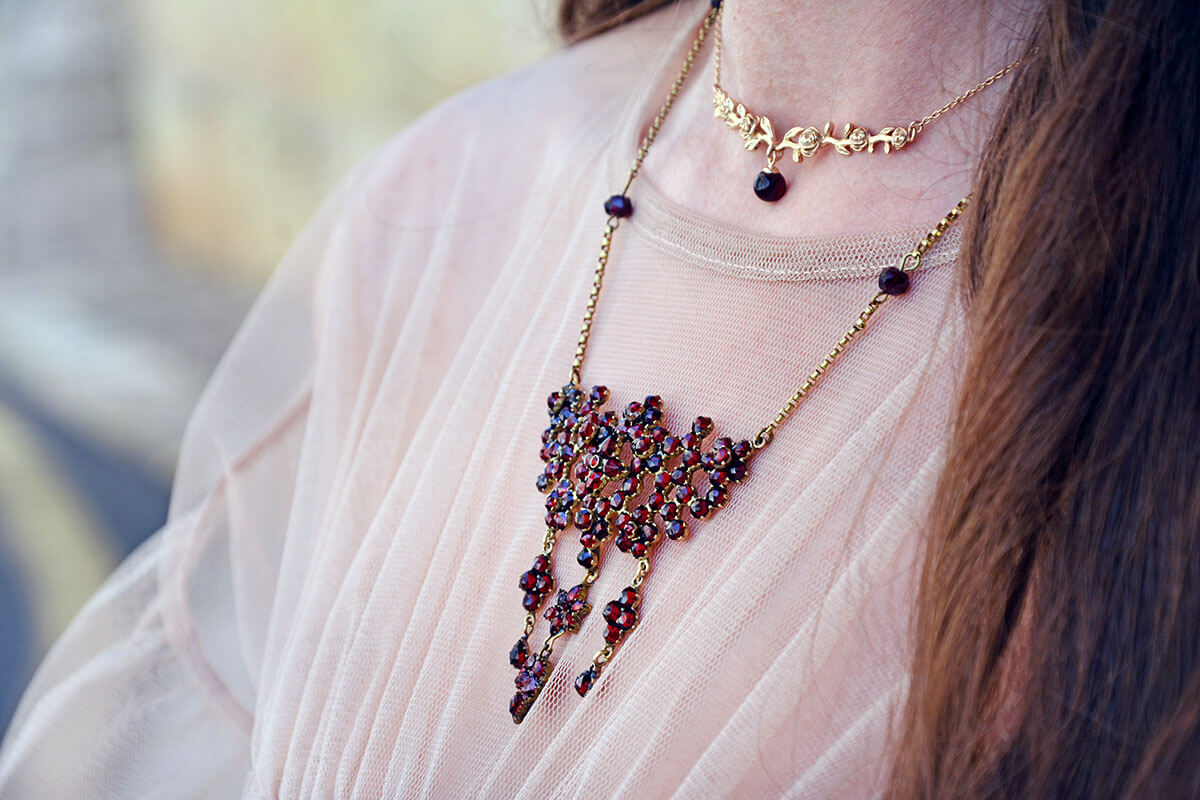
Garnets are a bit of an underdog of the gem world. It’s diamonds this, rubies that, sapphires here, emeralds there – garnets, like goth kids in high school, seem to not fit in with the popular crowd. It’s worth noting that garnets are not as rare as other gemstones, but this does not make them any less desirable. Their vibrance, variety and vivid colours are what make the garnet family truly captivating.
What are garnets?
Garnet is a term for a whole family of species: Pyrope, almandine, spessartine, grossular, uvarovite and andradite (there are others which are rare). Garnets come in all colours, though the most common one is a deep red hue, and the rarest is blue. Because there are quite a few species of garnet, their hardness on Mohs scale varies from 6 to 7.5, which makes them on the sturdy side compared to gems like amber or jet.
Garnets have been used to fake rubies – so watch out for terms such as Bohemian ruby, Californian ruby, Montana ruby, among others. See the whole list of misleading gemstone names here. For many gemologists and gem collectors this type of fakery is heartbreaking because they understand that garnets are on a league of their own, and should be appreciated as they are, rather than made to look undesirable by posing them as something they are not. It’s the same as ordering a latte, and getting angry that you were served a cappuccino. It doesn’t make the cappuccino bad – it’s just not what you wanted, though both beverages look similar.
Garnet jewellery through the ages
As true gemologists, the ancient Egyptians valued garnets in their jewellery and statues. In ancient Greece the gem family made its way onto rings, with carved garnets used as stamps and signatures. In this period, a stone called carbuncle also made an appearance. It is believed that this refers mainly to cabochon garnets – but in theory it could be any other type of deep red cabochon gem. Fast forward to the Middle Ages, and you will find that garnets have become the gem of choice for nobility and priests.
In Europe, the fashion for garnet jewellery went insane in the early 16th century well into the 19th century, or the Victorian era. Yes, that many centuries. This is because a huge garnet deposit was found in Bohemia, currently Czechia. Earlier in the article we referred to the Bohemian ruby, which in reality is a Bohemian garnet. This variety of pyrope garnets captivated crowds as it completely democratised the gem with jewellers setting it in high carat gold, low carat gold as well as base metal costume jewellery, sometimes referred to as garnet gold. One of the most popular ways to set garnets would be a pavé setting, so that as little of the metal would be visible, and the garnet “seeds” would be as close to each other as possible. This would be an unspoken reference to the pomegranate fruit, which many feel garnets represent. After all, the gem takes its name from the Latin granatus, which literally means seed, not a far cry from pomum granatum, which stands for pomegranate. In terms of other setting styles, foiling garnets would also become a popular option as this added to a glow effect when enjoying a candle-lit dinner, among other activities performed by candle light. Just to wash those dirty thoughts of yours – everything was done by candle light in the evening, there was no electricity. Even washing dishes.
Peak garnet popularity has come at the end of the Victorian era, when Renaissance revival jewellery came into fashion. Rich bold garnet cabochons would be paired with gems such as diamonds, and set in exquisite detailed designs. But after flying so high, a fall was inevitable as garnets fell out of favour shortly after.
Ever since then garnets have been agnostic to fashion trends. Demantoid garnets were discovered in Russia and this gem made appearances in brooches, particularly celebrating the insect motif, and even in the work of Fabergé. However, these brief sprints have not managed to change any trend curves. The golden age of garnet domination is over, and this gem family has been humbled to share the spectrum with amethysts, peridots and zircons among other precious and semi precious stones that are not as heavily marketed as diamonds. Though fans of the gothic aesthetic are keeping garnets close to their hearts along with onyx, jet and other darker hued gems.
Garnets in lore and legends
While the aforementioned goths love garnets for their blood red and deviously dark look, ancient legends and tales position the gem family as beacons of light. One of the main reasons for this is the inner glow garnets showcase in candle light. The brightest example of this comes from the Old Testament, when Noah used a carbuncle to know when is day and night while on his vessel. At night, the carbuncle (or by proxy, a garnet) would express an inner glow, which Noah read as the late hours.
Garnet also appears in Greek mythology. Persephone, daughter of Demeter and Zeus, aka the the god of gods, was kidnapped by Hades into the underworld. She was allowed to resurface to the realm of the living as long as she did not eat anything from this world. But could she resist a juicy pomegranate seed? Of course not, who would? For this reason, Hades would allow her to go back to Earth and see her mother, Demeter, only in the spring and summer, as long as she returned to the underworld come winter. Demeter, being the goddess of nature and harvest, would get extremely sad to see Persephone go and this despair would manifest in nature decaying in autumn and winter. This is the Greek explanation for changing seasons, and also the beginning of the tradition to gift or carry garnets when travelling, both for safety and as tokens of hope to meet again.
We’ve covered light, we’ve covered love. Garnets also make an appearance in one more favourite historical past time for us humans – war. The warriors of Kashmir, from the Hunza region, used garnets as bullets as well as pellets in guns and arrows, believing the wounds inflicted would be much worse thanks to garnet’s association with blood and heart. Much earlier on, in medieval times, garnets were incorporated into war paraphernalia including swords, helmets and other fittings as symbols of protection from bloodshed and death. 3,500 pieces of garnet cloisonné jewellery were found in 2009 in the Staffordshire hoard in the UK. These were war artefacts from the kingdom of Mercia, which existed independently 527–879 AD, and after became a state within Wessex before dissolving. It’s fair to assume, the Anglo-Saxons saw garnets as key companions in the harsh reality of war.
The garnet also appears in Nathaniel Hawthorne’s short story, The Great Carbuncle (1837), where a group of adventurers stumble upon a tale of a mysterious gem known to emit red light, which would “make a noonday of midnight” and set out to find it – each for their own reason. Don’t read it on a sad day though, as the moral of the story is that hard work doesn’t always give you what you strive for. Just like modern life.
Garnets today
Garnets are not currently having a revival. They are not particularly sought after today. They are not valued as highly, nor are they on anyone’s must-have list, unless it’s for a gift for someone born in January. Only those who have experienced garnets’ captivating beauty, their hypnotic glow and their irresistible charm know what ignorant fools we all are.
Do you own any garnet jewellery? Do you wear garnets?
In the images I am wearing a Bohemian garnet piece, most likely from the late 1800s. It is set in low carat gold.

